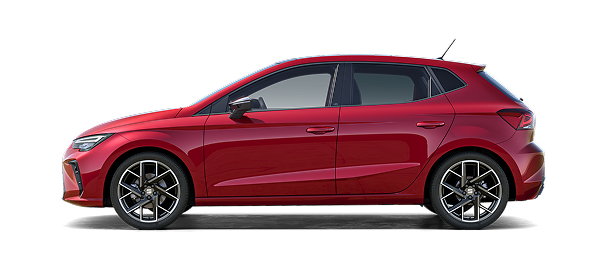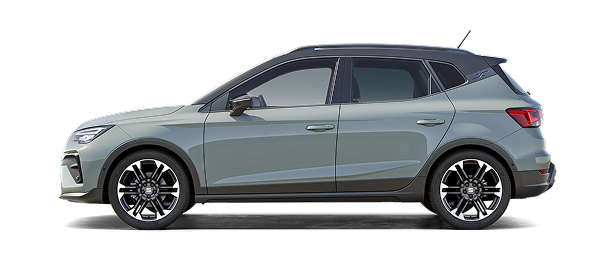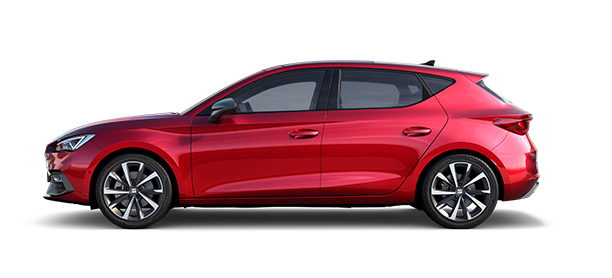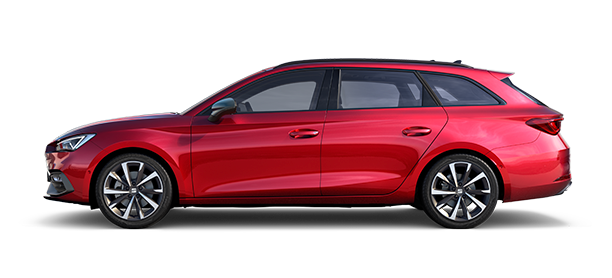Three out of every ten cars sold in the European Union now are hybrids, according to the latest studies published to date by the European Automobile Manufacturers Association (ACEA). Uniting 16 major vehicle manufacturers in the European Union, ACEA’s figures confirm the upward trend in alternative propulsion technologies, of which plug-in hybrids (PHEVs) are the most prominent. This booming technology raises questions, and a SEAT S.A. expert answers the most common ones from users all over Europe. Below are the FAQ (Frequently Asked Questions) about hybrid cars.
What’s the electric range of PHEVs?
3 out of every 10 cars sold in the EU are hybrids, according to the latest study published.
Rita Steves de Matos is an administrative assistant who is considering buying a plug-in hybrid. She lives in Portugal, which offers a tax incentive, but first Rita wants to know what the range is for PHEVs. César Méndez, head of Hybrid R&D at SEAT S.A., points out that “the advantage of PHEVs is that they don’t depend on a combustion engine to keep the battery charged.” “It has a charging socket that guarantees it’ll be fully charged every morning when you get in the car” he adds. For example, the SEAT Tarraco e-HYBRID has an electric range of 49 kilometres. “That’s enough to get you where you want to go on a daily basis in 100% electric mode” César says.
Are hybrids suitable for long journeys?
That’s the question posed by account manager Aleksandra Rekas in Poland, a country where interest in plug-in hybrids has recently taken off, with sales up 124.1% in the third quarter of 2021 compared to the same time last year. “Absolutely” replies César, “thanks to an efficient combination of both combustion and electric engines, medium and long-distance journeys can be covered without any problems.” In the case of the SEAT Tarraco e-HYBRID, the total range is 730 kilometres.
How long does it take to charge?
Alberto González from Spain wants to make sure that it won’t take too long to recharge the battery. Spain is another market where PHEV sales have increased the most: 87.5% more units were sold in the third quarter of 2021 than in the same period in 2020, according to the European Automobile Manufacturers Association. “It all depends on the cable and the maximum charging current” says César. A good option is to have a SEAT Wallbox at home. “This way, under optimal conditions, you can charge your car in just three and a half hours.”
How does energy recovery work?
This question is from Patrick Röschl, an Austrian photographer and communicator whose job requires him to drive about 20 kilometres each way every day. “In two ways” explains César. On the one hand, “when you release the accelerator pedal, the engine starts working like a generator that uses the vehicle’s inertia.” On the other hand, “when you press the brake pedal, the motor acts as a generator during the first stretch and harnesses its braking effect; this is regenerative braking.” Patrick needs a lot of space to transport his work and leisure equipment, for cycling, skiing and windsurfing, which is why he’s interested in the SEAT Tarraco e-HYBRID with up to 1,500 litres of boot capacity.
How do hybrids perform in low temperatures?
Combining its two engines, the SEAT Tarraco e-HYBRID delivers a total range of 730 km.
Jonathan Björkvik is head of human resources at a sports company in Sweden. Sales of plug-in hybrids increased by 48% In this Nordic country in the first nine months of 2021 compared to 2020. However, Jonathan is concerned about how these cars will perform in Sweden’s cold winters, with temperatures well below 0 ºC. “There’s no problem” César replies. “As long as the components of the high-voltage system are below -10°C, the combustion engine will work, and once you’ve driven around and the temperature has gone up, the electric motor will start to work” he concludes.













